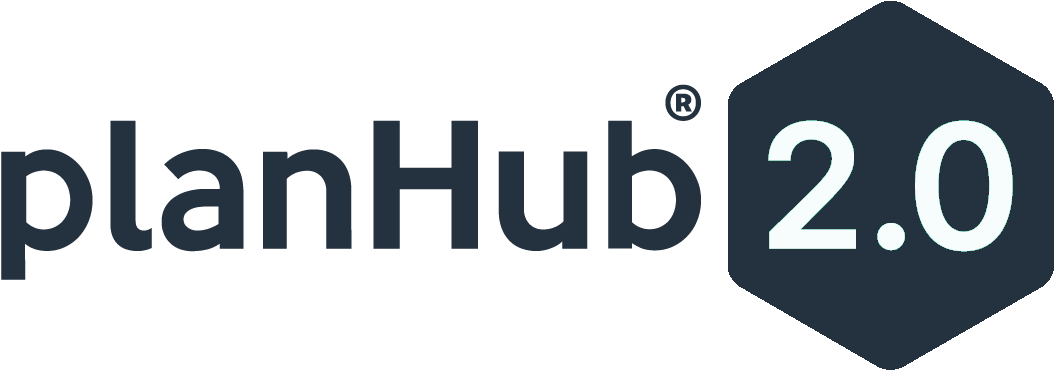Subcontractor Prequalification Process
The process of subcontractor qualification is completed in four steps:
- Establish criteria for subcontractor qualification
- Create an application or questionnaire
- Review and verify submitted information and documentation
- Create a database of qualified subcontractors
Because GCs often don’t perform a lot of the work on their projects, much of their success depends on the abilities of their subcontractors to meet the quality and schedule expectations of each project. Subcontractor prequalification is the best way to assess the ability of a contractor to meet these requirements when you haven’t worked with them before.
With this in mind, there are several advantages to creating and using a construction prequalification process:
- It can help ensure compliance with local laws and regulations, including licensing, insurance, and certification requirements.
- Helps ensure quality work by reviewing past projects and gathering information on the quality of the work provided and the subcontractor’s ability to remain on schedule.
- Prequalified contractors are less likely to have manpower issues, reducing the chance of delays that can impact project success.
- Reviewing the financial health of each company reduces the probability that a subcontractor will have a potential bankruptcy or other cash flow issue that could cause a delay in their work.
- Safety standards are maintained by selecting subcontractors with strong safety records.
1. Company information
Collect general information about the subcontractor’s company, including business name, address, phone number, email address, how long they’ve been in business, what locations/states they work in, who the principals of the company are, their EIN or tax identification number, Dun & Bradstreet number, and whether they’ve been certified as a minority contractor.
2. Licensing
Ask for their trade or contractor license number (if required), the state(s) they are licensed to work in, and expiration date(s). You can also ask about any city business licenses they may have.
3. Insurance
Request a copy of their certificate of insurance, as well as specific policy information (insurance company, policy number, and expiration date), for their general liability, workers’ compensation, automobile, and umbrella insurance policies.
4. Bonding
Ask about their bonding capacity and current bond commitments. You may also request a letter from their surety company detailing this information.
5. Safety
Request a copy of their latest OSHA 300 log (and past logs if so desired), their EMR rating, and a copy of their company safety policy.
6. Finances
Request up to three years of past financial statements and/or tax returns (preferably audited by a third party) and a list of financial references (material suppliers and subcontractors they’ve worked with, if applicable, as well as bank and credit contacts).
7. Experience
Get a list of past projects with similar scope to the type of projects you generally perform. Include project references and, if applicable, sales volume figures from the past 3-5 years.
8. Litigation
Ask if the company has been or is currently involved in any litigation or has claims outstanding as a result of their work. Request detailed information on the nature of these claims or lawsuits.
9. Capacity
Confirm their ability to perform work at the necessary level of production by requesting information about their workforce size, current work in progress, and project backlog or pipeline of future work.
After you’ve collected the information above, review and verify it by looking at the supporting documentation and accessing available public information concerning them and their work history or financial standing.
If the company meets the requirements you’ve established for subcontractors, then they can be added to your list of available subcontractors and invited to bid on projects.
Looking to upgrade your prequalification process? Subcontractor prequalification software may be the key. It can help you track application status, remind subs when it’s time to reapply, and store vendor data for easy retrieval.
Final Thoughts on Prequalifying Subcontractors
For general contractors, streamlining the subcontractor prequalification process is crucial. Consider creating an easily accessible online prequalification form on your company’s website. Ensure that this form is prominently displayed on the page where subcontractor opportunities or current bidding projects are listed. By doing so, you facilitate a straightforward and efficient means for subcontractors to express their interest and qualifications.
Subcontractors, on the other hand, should take a proactive approach in seeking opportunities. Reach out to general contractors in your local area and inquire about the possibility of getting prequalified with their company. Waiting for a specific job that aligns with your company’s capabilities is not necessary. By initiating the prequalification process in advance, you position your company to be top-of-mind when a general contractor has an upcoming project that requires the services you provide. This proactive approach increases the likelihood of receiving timely notifications about potential projects, fostering a beneficial relationship with the general contractor.
About PlanHub:
PlanHub is a leading provider of comprehensive bid management solutions for the construction industry. Our platform simplifies and streamlines the bidding process, connecting subcontractors and general contractors to facilitate collaboration and drive project success. With a commitment
to innovation and empowering our users, we continue to revolutionize the construction industry with cutting-edge features and a user-friendly experience.




